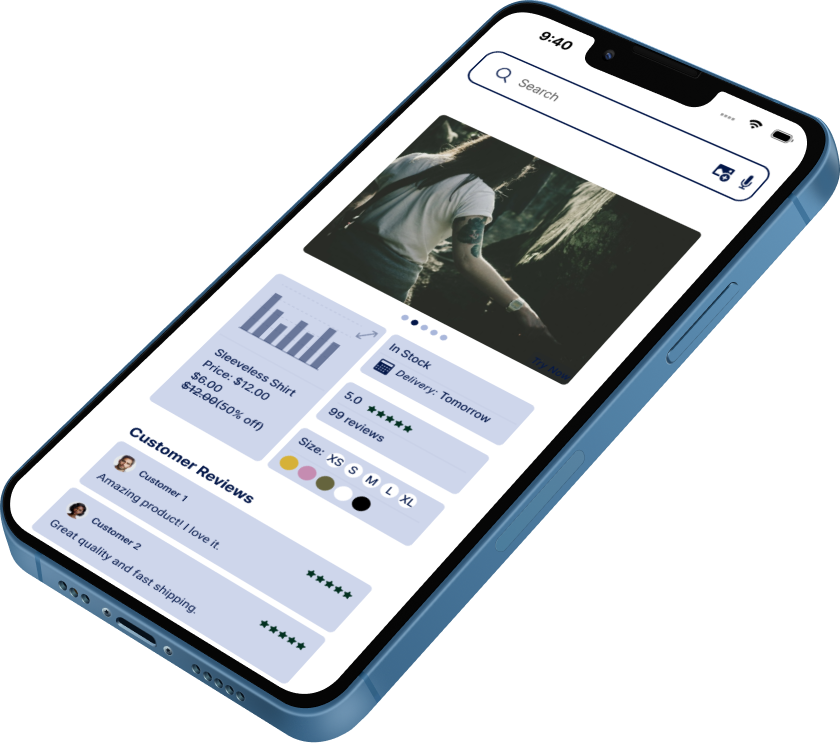
TechFusion: Innovating the E-commerce experience
![]() Project Duration
Project Duration
Aug – Oct 2024
Project Overview
E-commerce is the buying and selling of goods and services over the internet. It encompasses a broad spectrum of online transactions, from business-to-consumer (B2C), business-to-business (B2B), and
consumer-to-consumer (C2C) models.
KEY COMPONENTS:
- Online Store
- Payment Gateway
- Logistics
- CRM (customer relationship management)
- Marketing and Advertising
My Responsibilities
User Research
Information architecture
Personas and scenarios
Interaction design
Prototypes
My Role
Solo UX/UI Designer
Tools
![]()

![]()
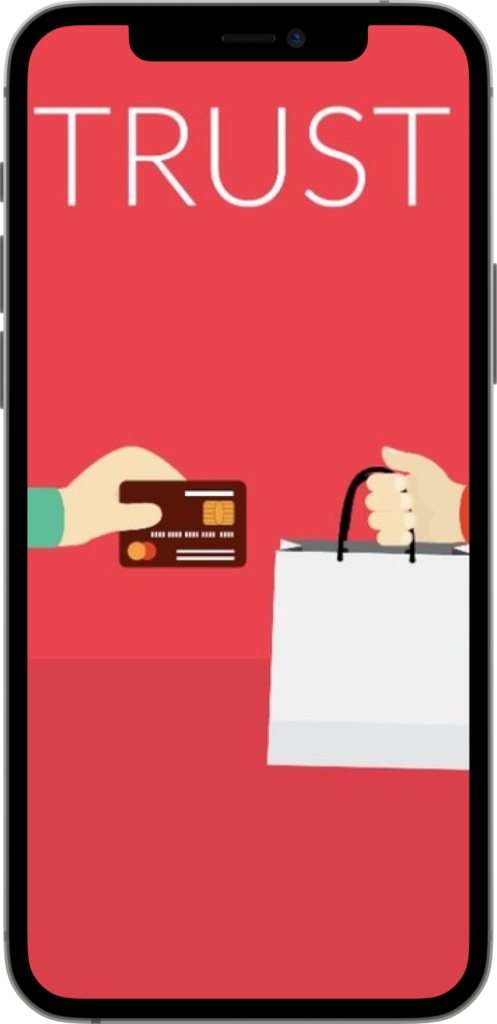
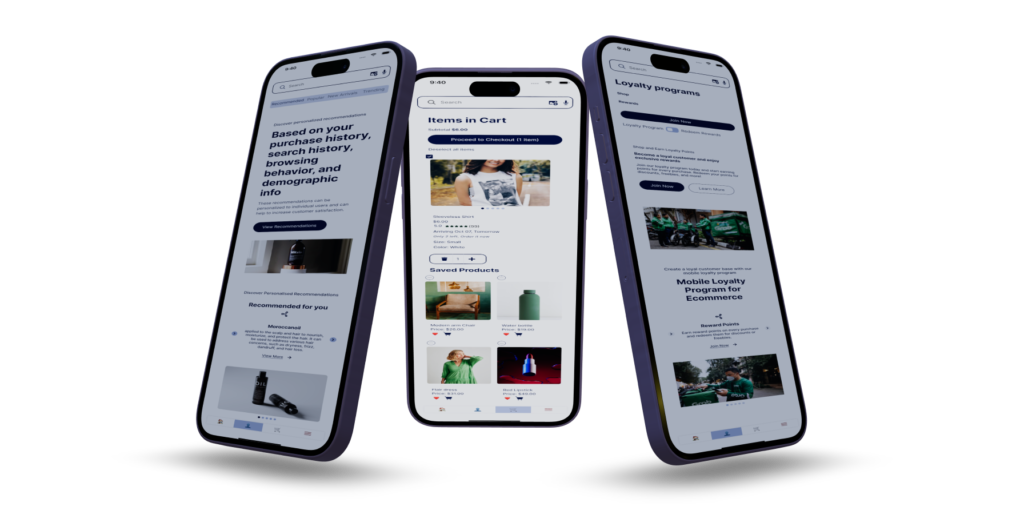
Problems
Existing e-commerce apps often fail to provide a seamless, personalized, and engaging shopping experience, leading to low customer satisfaction, high cart abandonment rates, and limited customer loyalty. Consumers face challenges in product discovery, checkout efficiency, and post-purchase support. Additionally, a lack of innovative features and personalized experiences hinders customer engagement and retention.
The Goal
- Revolutionize the shopping experience through intuitive navigation and personalized recommendations.
- Optimize the checkout process for speed, security, and convenience. Also to reduce cart abandonment.
- Build strong customer relationships through exceptional support and loyalty programs and improve the online shopping experience to increase customer satisfaction and loyalty
 Design Process
Design Process
Design process is a systematic approach to creating solutions that meet specific needs or goals. It typically involves a series of stages, each with its own activities and deliverables. While the specific steps may vary depending on the context and project, a common design process includes the following phases:
It involves immersing yourself in the world of your customers to gain insights into their motivations, behaviors, and pain points.
Articulating the problem you want to solve or the opportunity you want to capitalize on.
e-commerce involves brainstorming and generating creative solutions to address the defined problem or opportunity.
Involves creating interactive models or mockups of your e-commerce solution to test and refine your design concepts before building the final product.
Gathering information and insights about your target audience, competitors, and the broader market to better understand the problem you are trying to solve or the opportunity you want to capitalize on.
User Research
User research is essential for understanding your target audience and their needs, preferences, and behaviors. This information can help you create a more effective and engaging e-commerce experience.
https://docs.google.com/document/d/167Vg1xZ9zamKxQJxLIhP_MRZSSp3bPlmXEFEEVVFYxA/edit?tab=t.0
Surveys and User interviews
A survey is a research method used to collect data from a sample of individuals. It involves asking a set of questions to gather information about a specific topic or population. Surveys can be conducted in various ways, including:
Online surveys: Distributed through email or social media.
https://docs.google.com/forms/d/1FBwvpdb3owoM2xBgTzqrhK3U79N9cHBelO63wxrDbbw/edit?pli=1
User interviews are a qualitative research method where researchers engage in a dialogue with participants to understand their mental models, motivations, pain points, and latent needs.
https://docs.google.com/document/d/1KnbMeH9umiRXYavyw2N-Xe6SP4Zz7liYkf7Gt3z5gnQ/edit?tab=t.0
User Personas
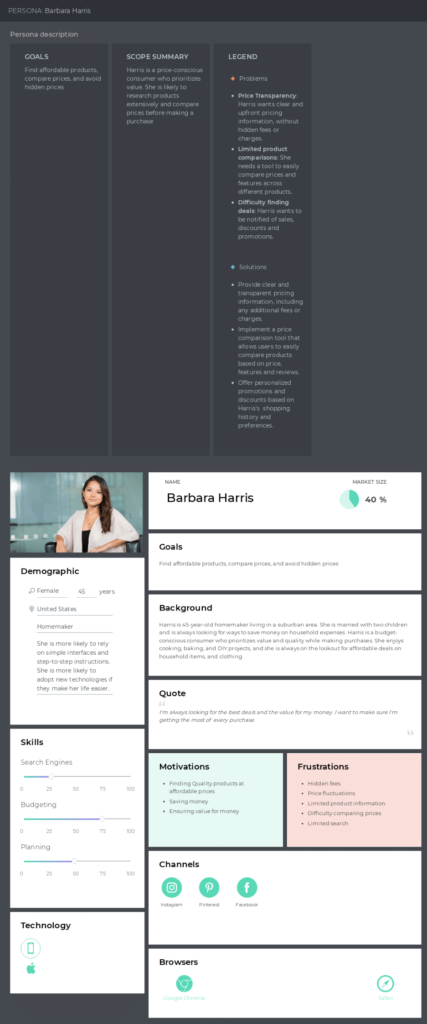

Competitive Analysis
Involves understanding your industry, competitors, and your own business. It helps you identify opportunities, threats, and areas where you can differentiate yourself.
Direct competitors: Businesses offering similar products or services to your target audience.
Indirect competitors: Businesses that offer alternative solutions to the same problem.
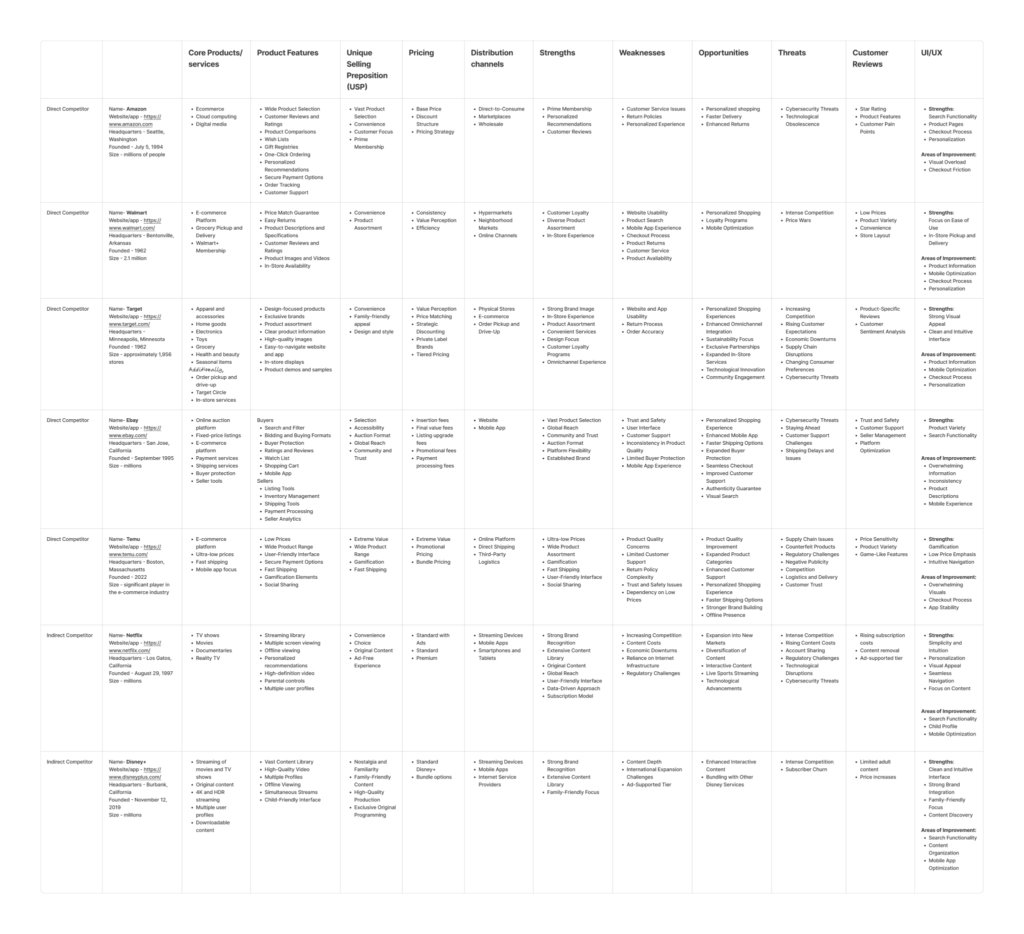
Customer Journey Mapping
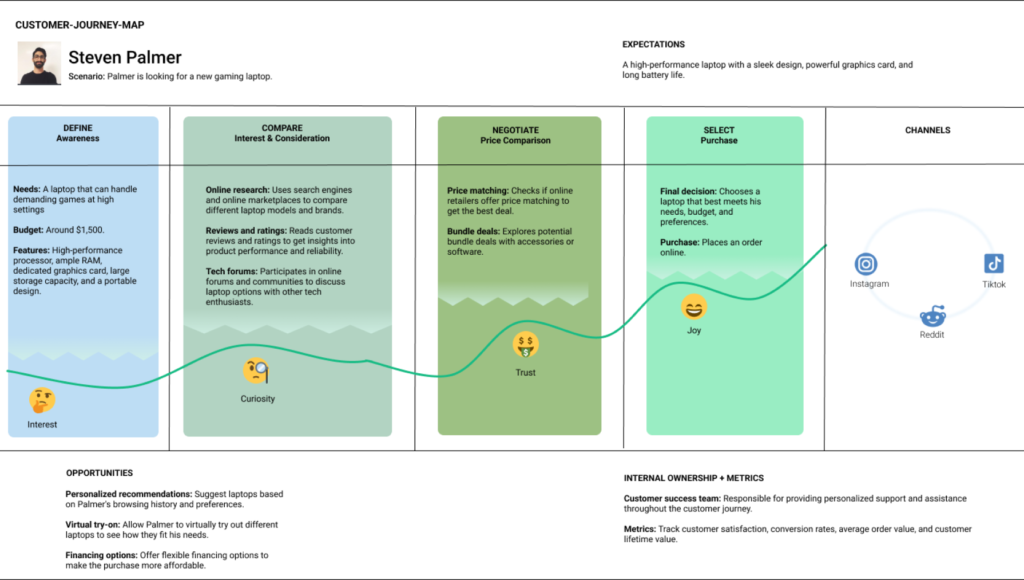
User Story
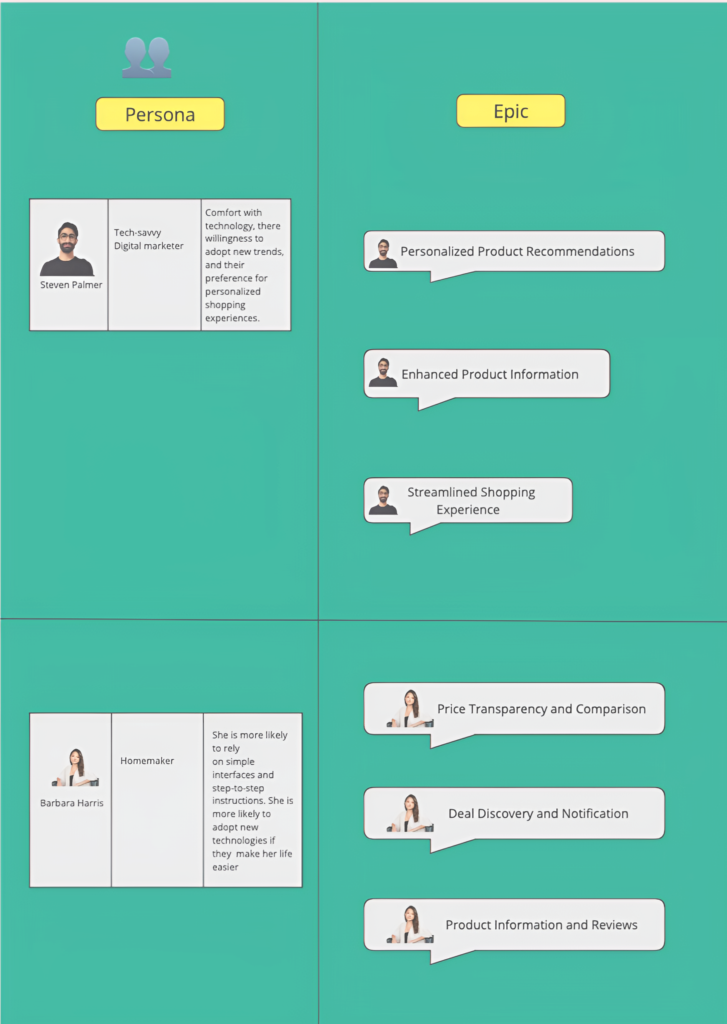
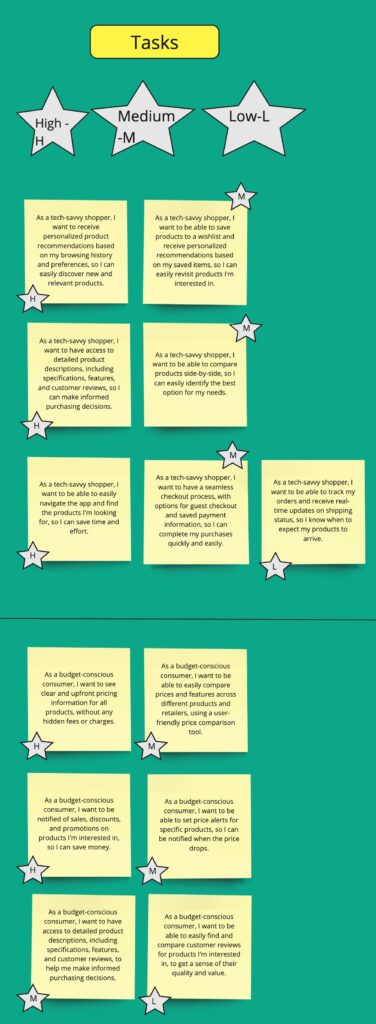
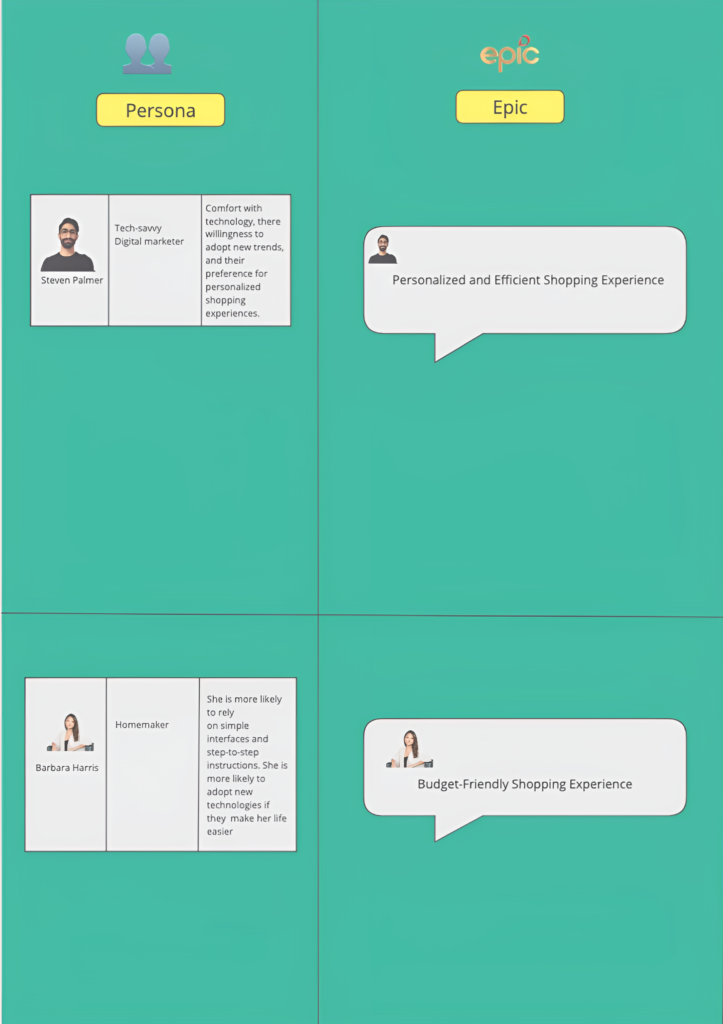
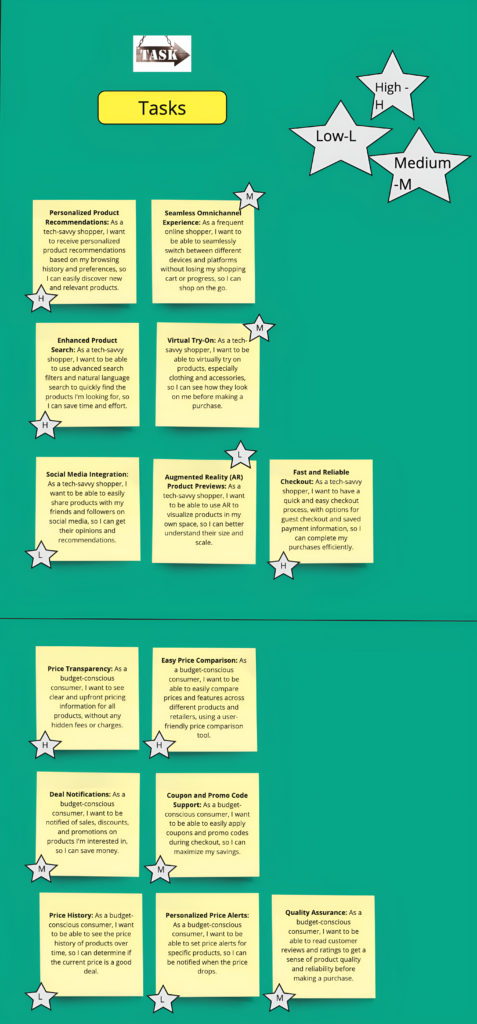
Information Architecture

User Flow
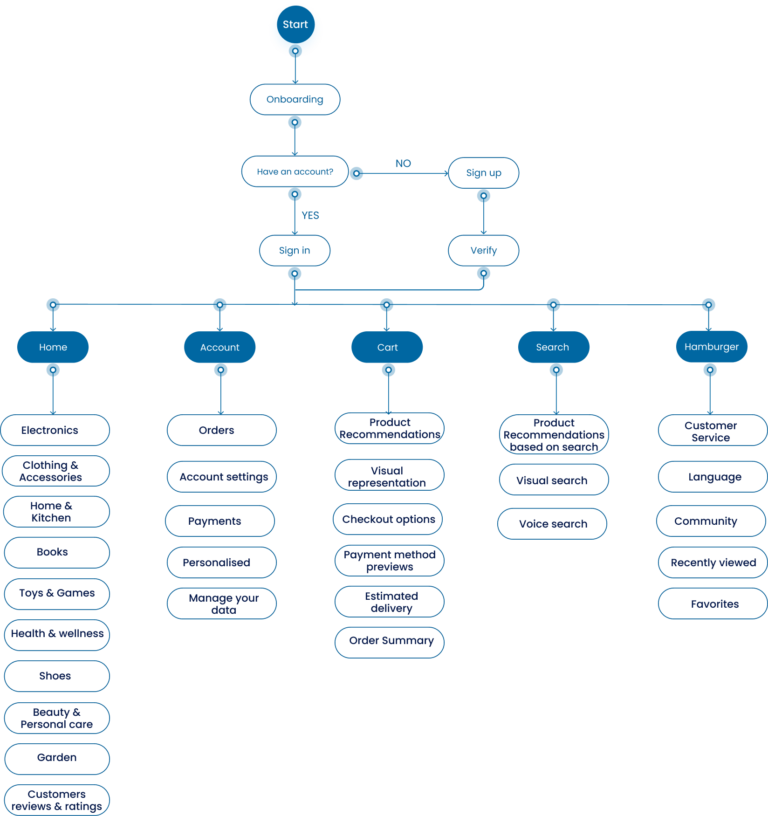
Flow Chart
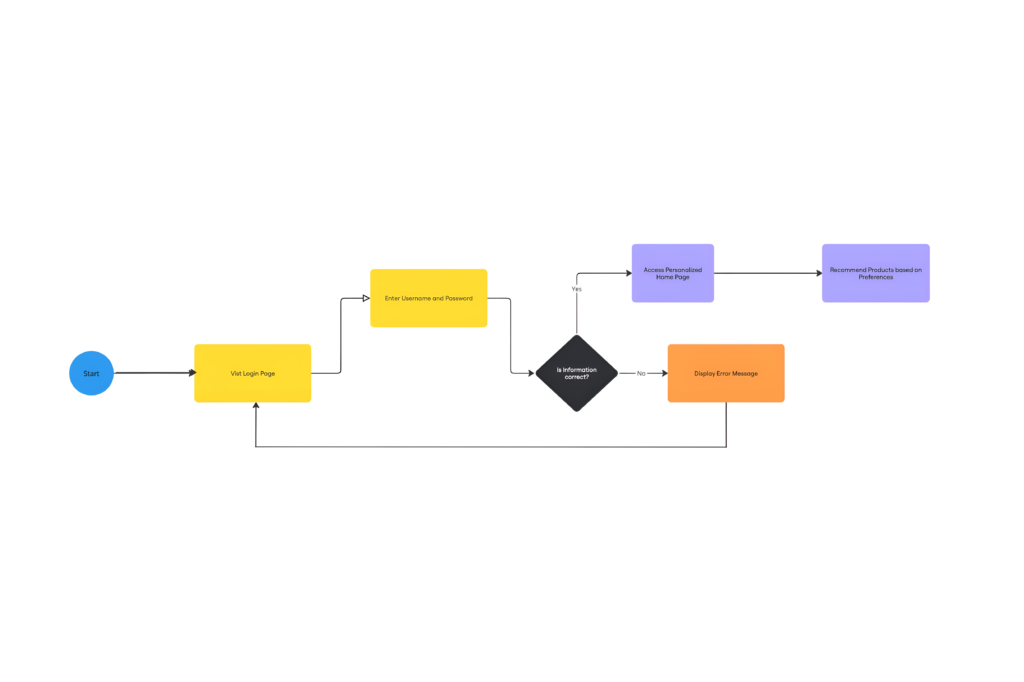

Wireframes

User-Centric Approach: This dashboard emphasizes user behavior and provides insights into how users interact with the shopping experience. This demonstrates your focus on user needs and your ability to use data to improve the user experience.
Data Analysis & Visualization: This shows you can collect, analyze, and visualize data to tell a compelling story.
User-Centered Design: This shows that the interfaces meet the needs of users who want to manage their accounts, track orders, and personalize their shopping experience.
Interaction Design: Showcases the ability to design intuitive and user-friendly interactions for tasks like updating profile information, managing addresses, and tracking shipments.
Problem-Solving: This shows how the addressed specific design challenges, such as how to simplify the process of adding a new shipping address.
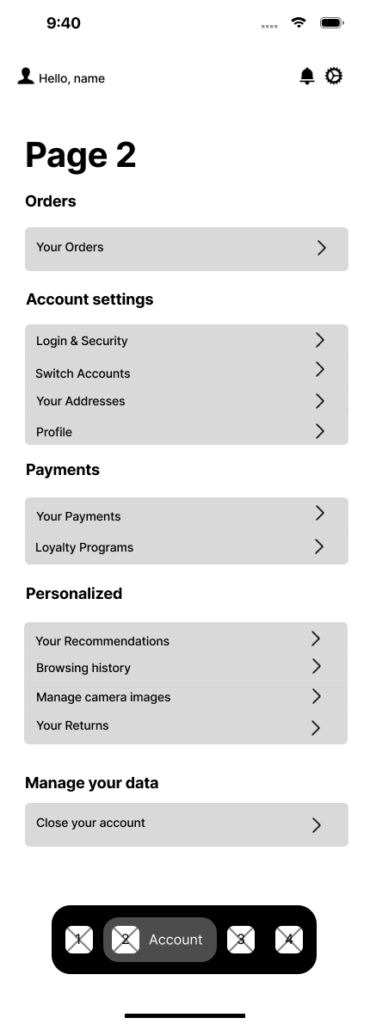
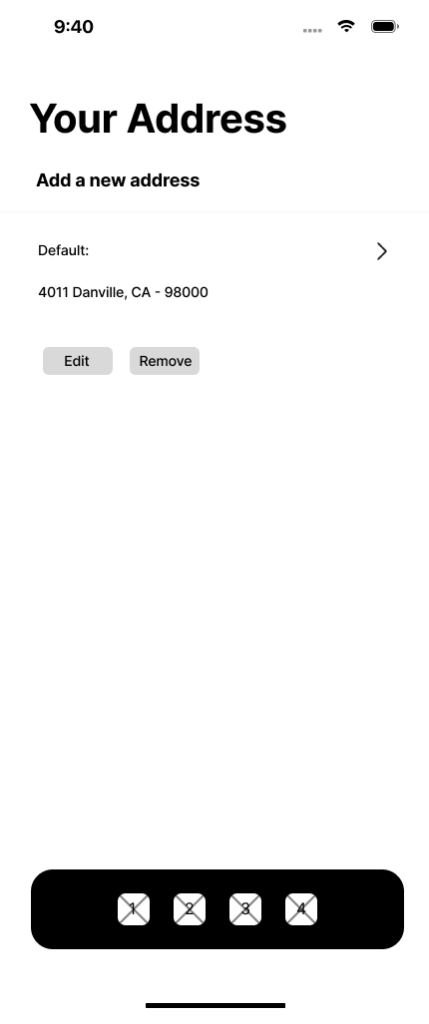

Information Hierarchy: I can understand and present key information clearly and concisely, guiding users towards completing their purchase.
User-Centered Design: This cart page is intuitive, easy to navigate, and minimizes friction in the purchasing process.
Interaction Design: This has effective interactions for quantity adjustments and item removal
Mobile Navigation Expertise: I understand the importance of efficient navigation on mobile devices and how to design menus that are easy to use on smaller screens.
Mobile-First Thinking: I understand the unique challenges of mobile design and can create interfaces that are optimized for mobile devices.
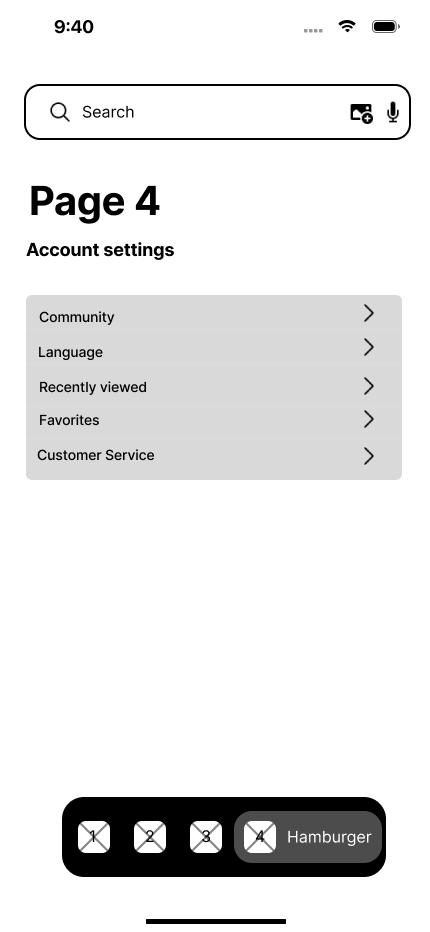
Crafing the Shoptopia - mobile App
Designing the Onboarding page
The onboarding page is often the first thing users see, making it a prime opportunity to make a strong first impression and reinforce your brand identity. Visually appealing design and consistent branding elements are essential. It provides a clear starting point for users and helps them understand the overall structure of the app. It acts as a central hub from which users can navigate to different sections (product categories, search, account, etc.)
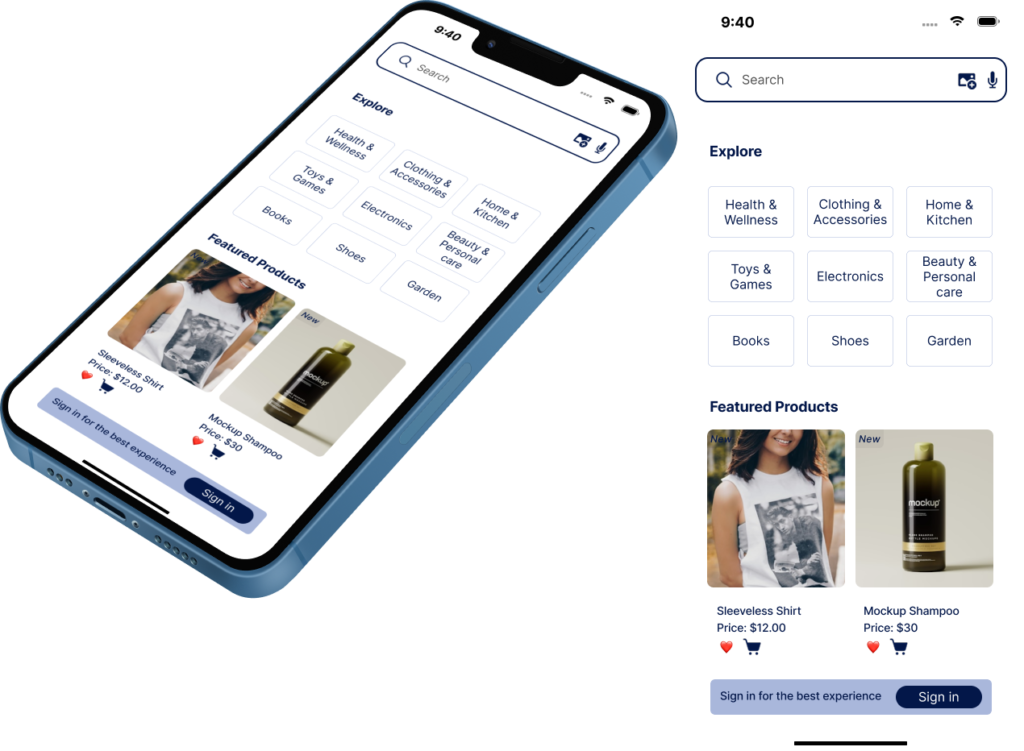
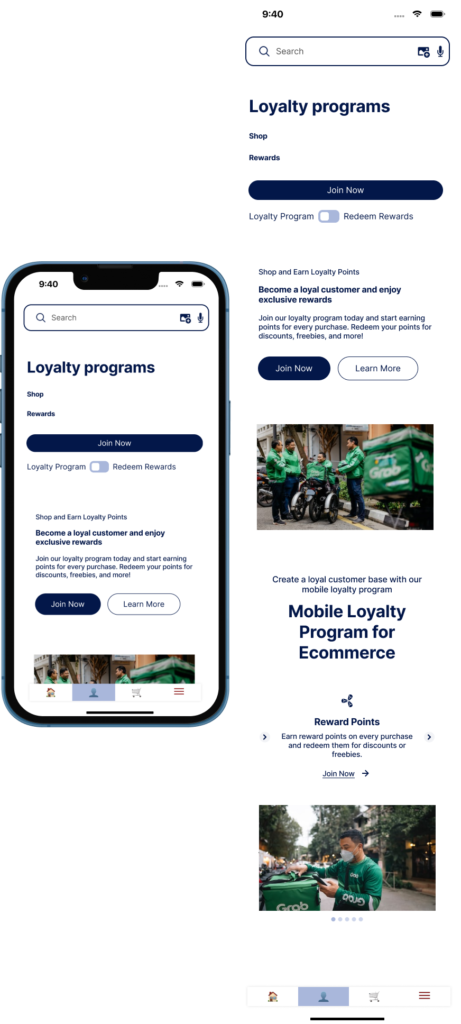
Loyalty Program
- Incentivizes Loyalty: Loyalty programs provide a tangible incentive for customers to keep coming back. By offering rewards for repeat purchases, they encourage customers to choose your business over competitors.
- Makes Customers Feel Valued: These programs make customers feel appreciated and valued for their patronage. This fosters a sense of connection with the brand, making them more likely to remain loyal.
Returns Page
- A clear and accessible returns policy demonstrates transparency and builds trust. Customers are more likely to make a purchase if they know they can easily return an item if needed
- Customers who have a good returns experience are more likely to become repeat customers and recommend the app to others.
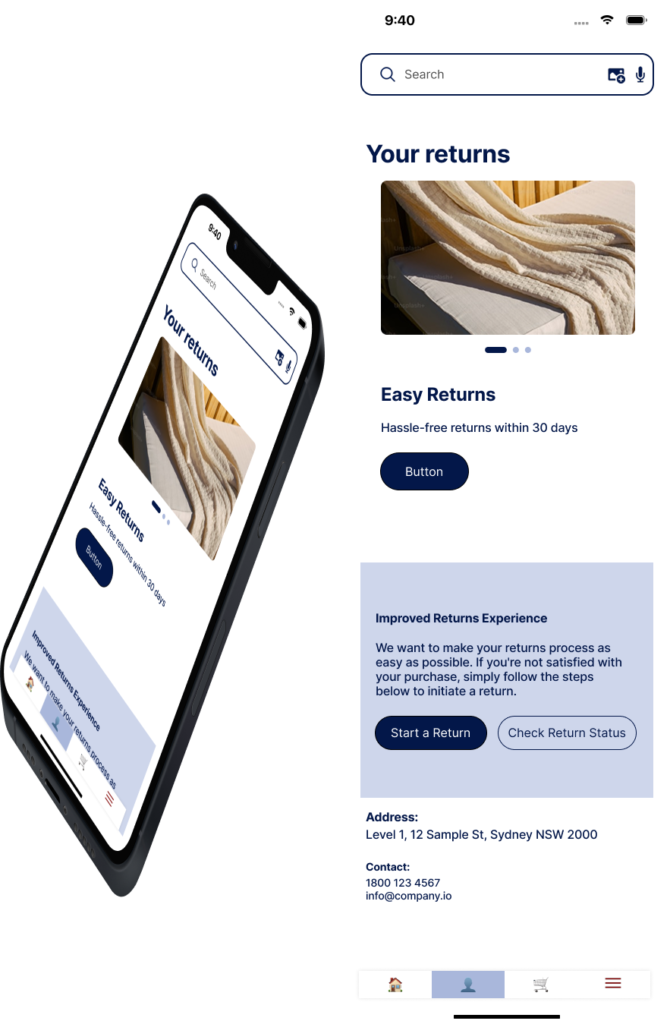
Key Learnings
- Personalized recommendations and loyalty programs significantly enhance user engagement and retention.
- Even complex processes like returns can be simplified with intuitive design.
- Deeply understanding user needs and pain points related to returns, personalization, and loyalty is essential. User research should drive every design decision.





